Scan to BIM services have revolutionized the way physical structures are transformed into digital models. Leveraging the power of Revit BIM Modeling services, the Scan to BIM process enables professionals to create precise and data-driven 3D Models using Point Cloud data.
The laser scanning method requires the scanner to acquire all possible data through millions of points and create a mapping of the construction site. The data is collated and defines the geometry and color of the element through Point Cloud. Point Cloud Scan to BIM enables the generation of highly intricate, precise, and detailed 3D models of the as-built.
These services are beneficial for renovation or retrofitting projects with less or missing information available. The highly accurate as-built model helps the project team to analyze the hidden or tricky site details and work further accordingly.
Tips for Scan to BIM services in Revit
Scan to BIM is an evolving process for the industry and is highly adapted by the AEC professionals for project management and execution. For a project to be successful from inception to completion, the involved team members must be well-acquainted with the details about BIM working and handling. Here are a few major tips that can be considered while incorporating Scan to BIM services into a project.
1. Plan and define objectives
Before initiating the Scan to BIM process, the project objectives should be clearly defined and planned. A comprehensive project scope should be established, defining the required Level of Detail for the 3D model. A planned approach would articulate a clear roadmap for the entire project. The project objectives defined in detail ensure meeting project expectations and client requirements.
2. Deal with High-Quality Point Cloud
The fundamental factors for the success of the Scan to BIM project are quality and accuracy. The laser scanning process should be executed meticulously, documenting all necessary details with precision.
Point Cloud is the primary and significant element for the functioning of the Scan to BIM process and its quality will directly impact the project standard. A high-quality point cloud will serve as a strong foundation for your BIM model.
3. Choose the right software and invest in skill development
The digital space of the AEC industry is fueled by the development and advancement of different software facilitating ease of work for professionals. As software drives the Scan to BIM services, it is crucial to use appropriate software. Revit is a popularly used software, due to its compatibility with BIM and its ability to handle point cloud data effectively.
Not only is the choice of software sufficient, but necessary software licenses and expertise are required to work with Revit to nurture desired results.
The team should be attuned to the skills required to handle Revit BIM Modeling services. The team can be trained to navigate successfully through the software interface and its complexities.
4. Data Cleanup and Preparation
The scanner documents site details about every nook and corner in the form of millions of points, together forming a Point Cloud. The Point Cloud is imported to Revit for developing the 3D model. Before importing these point clouds into Revit, one crucial step is data cleanup and preparation.
All unnecessary points and unwanted noise should be filtered out and ensured that the point cloud is well-organized. It will streamline the modeling process and enhance the overall performance of the software.
5. Choose the right Service Provider
A right service provider is one of the fundamental steps of the Scan to BIM modeling process. Opting for someone not equipped with the BIM know-how can lead to unsatisfactory results. While initiating the project, look for companies with extensive experience in the Scan to BIM services and a successful project record. The expertise highly impacts the efficiency and quality of the project.
6. Create a Structured Workflow
For the successful execution of a project, a streamlined workflow is very prominent. The designer should ensure a well-structured workflow that enlists the sequence of tasks and responsibilities for the team.
A planned process will not only enhance the pace of work but the quality of execution as well. It also aligns the Scan to BIM services, prevents bottlenecks, and ensures that the team is on the same page.
7. Promote Collaboration and Communication
Effective communication and collaboration build a strong foundation for a successful Scan to BIM project. Team members catering to different niches collaborate to develop a 3D model for a project. Strong networking fosters open communication channels among team members, including laser scanning technicians, BIM modelers, and project stakeholders.
The involved team members should meet regularly to discuss the work status and project updates. Regular meet-ups can help address issues promptly and ensure proper project alignment.
8. Perform Regular Checks for Quality Control
After engaging in the easy and concurrently complex Scan to BIM services, the result needs to meet the quality requirements of the project team and the client. The team should conduct regular quality control checks to ensure the project’s quality. The team should identify the errors through these checks and take potential measures to rectify the problem. The project team should also ensure model alignment with the point cloud data and accurate representation of the elements.
Conclusion
Scan to BIM services represent a transformative technology that has redefined the approach of AEC professionals for building projects. These steps will help you navigate the Scan to BIM process and achieve the desired outcomes. Each stage holds a different significance and is crucial for a successful project. These practices enhance the accuracy and efficiency of the design projects. The appropriate use of the services positions the stakeholders at the forefront of innovation in the architecture, engineering, and construction industry.
Laser scanning is an evolving service with a high application potential that allows one to incorporate it in multiple ways. Scan to BIM is a commonly adopted method by designers, engineers, and other stakeholders for site scanning, collecting data, and visualizing an information-rich model.
Author Bio:
I’m Ar. Ankit Kansara, the driving force behind Virtual Building Studio as its Founder & CEO. Our mission is as crystal clear as a blueprint: we’re here to empower AEC professionals with seamlessly integrated, innovative, and cost-effective BIM modeling services. From Scan to BIM Services, MEP BIM services, and Value Engineering, we’ve got the full spectrum of BIM expertise under one roof.

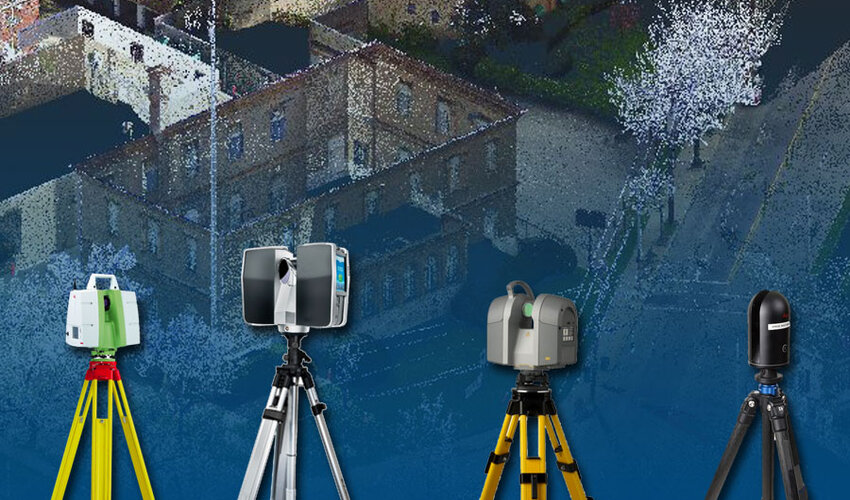



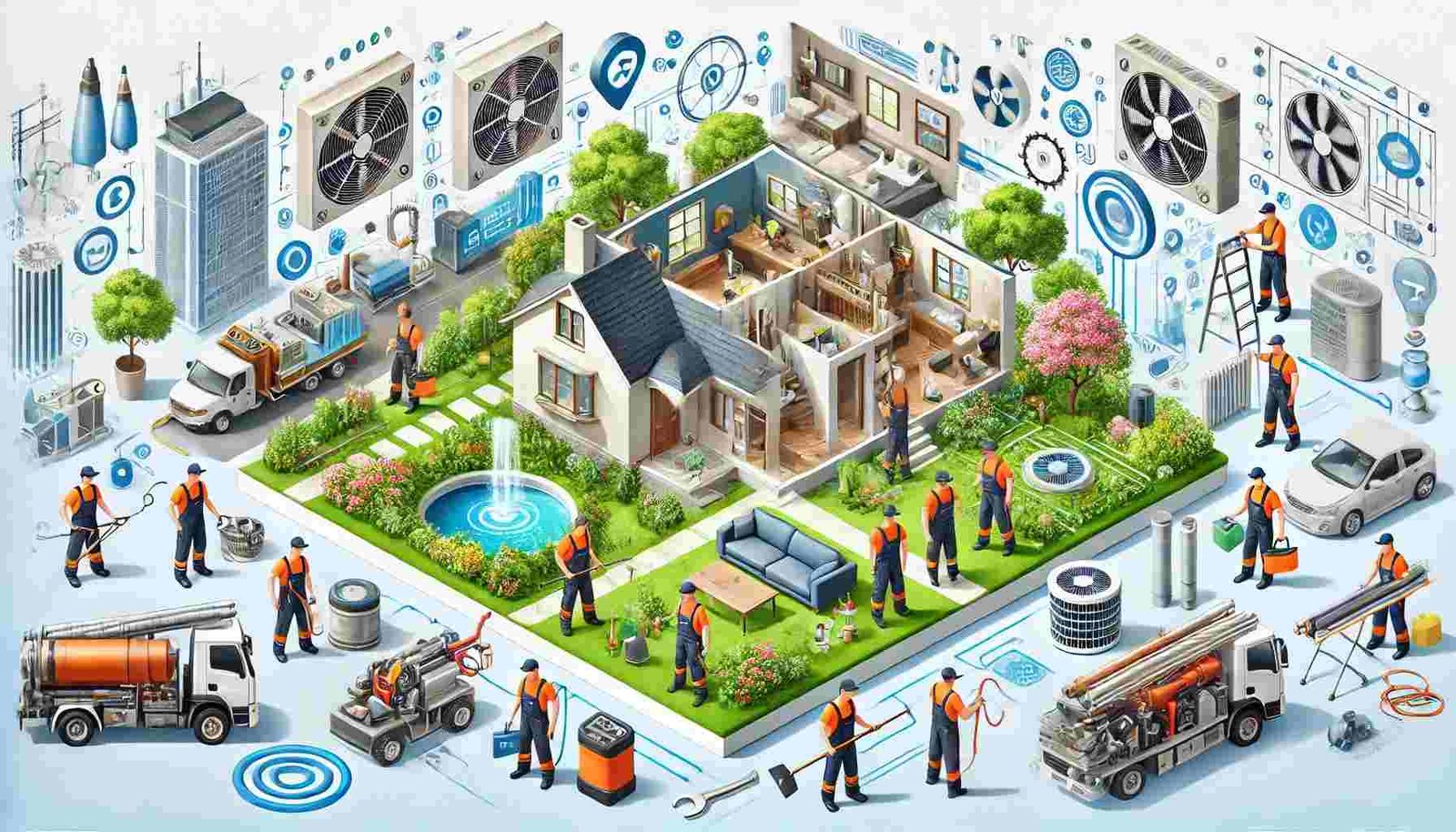

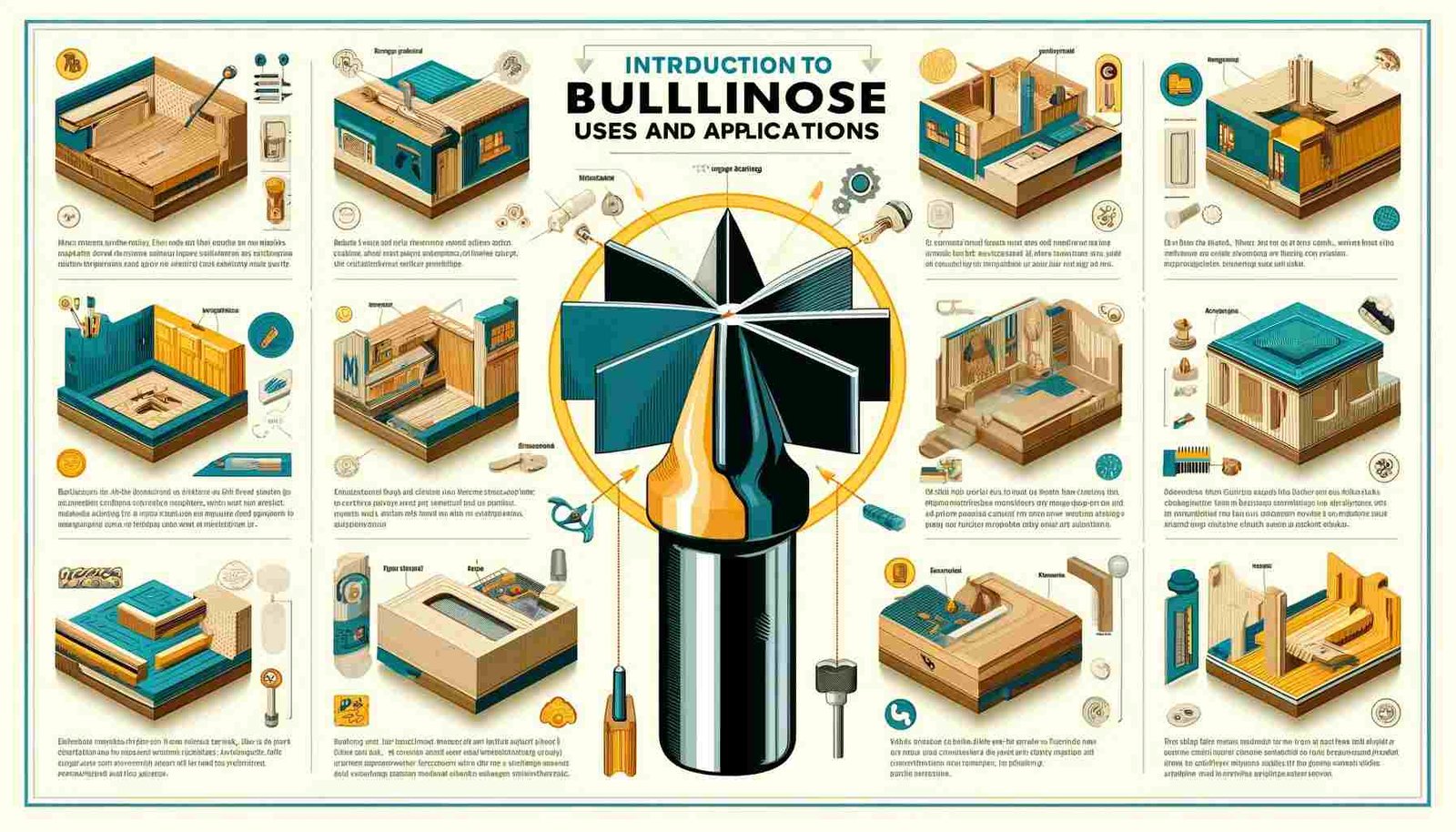
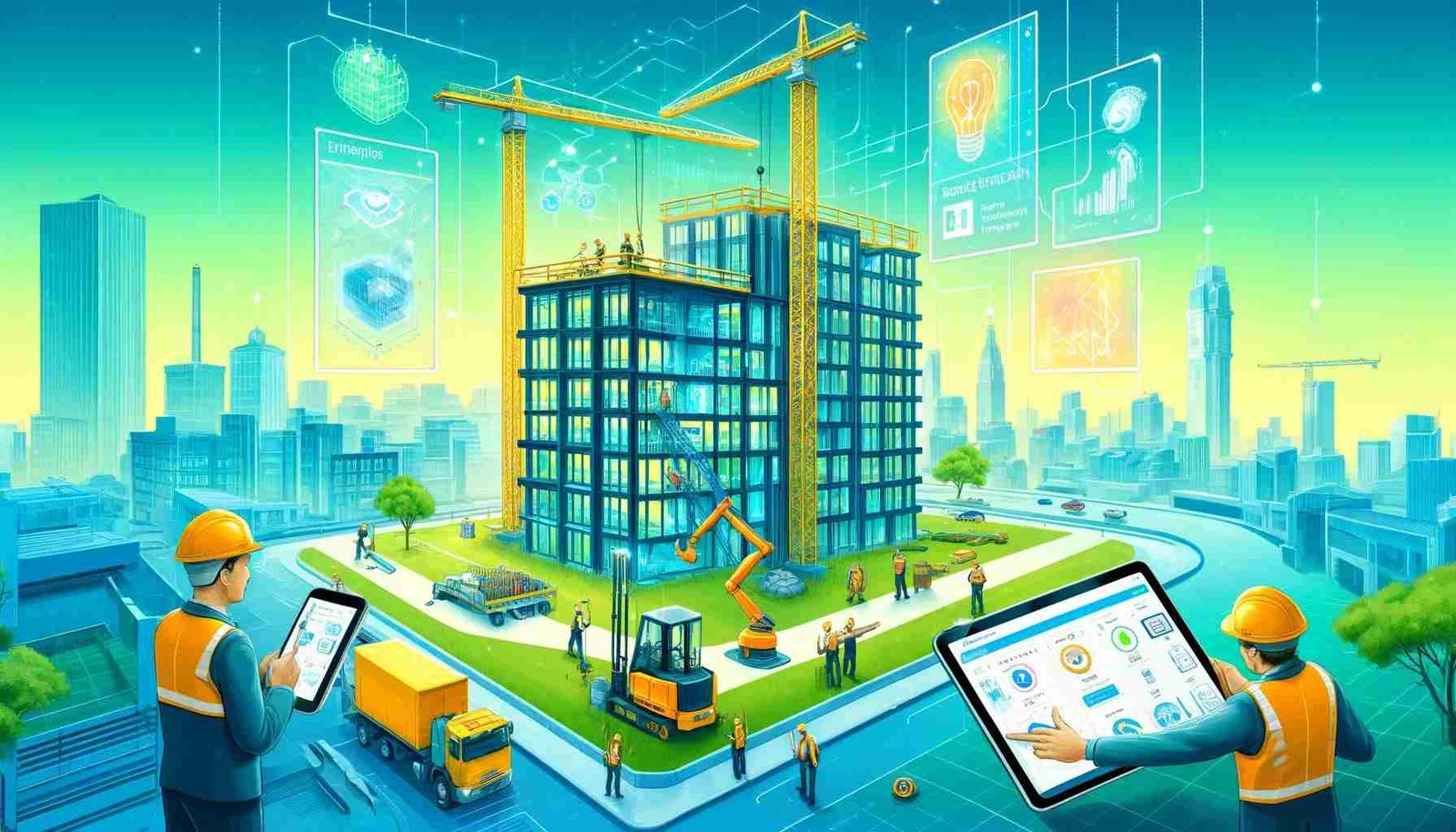



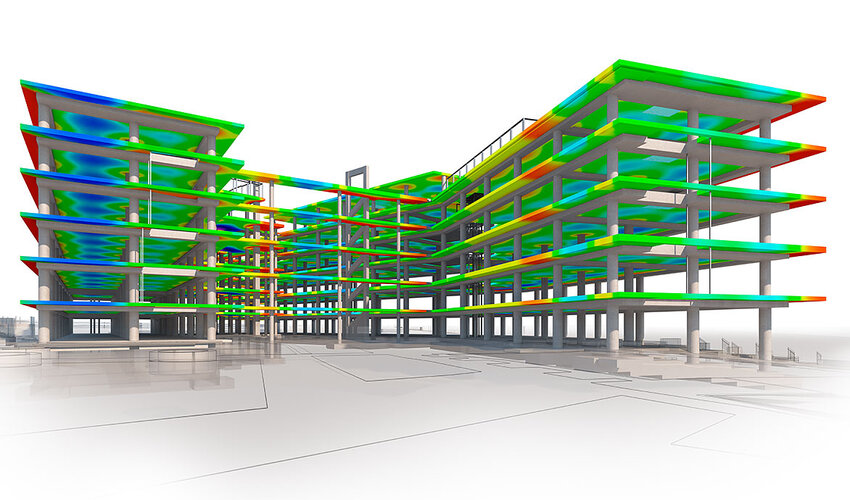




Leave a Reply